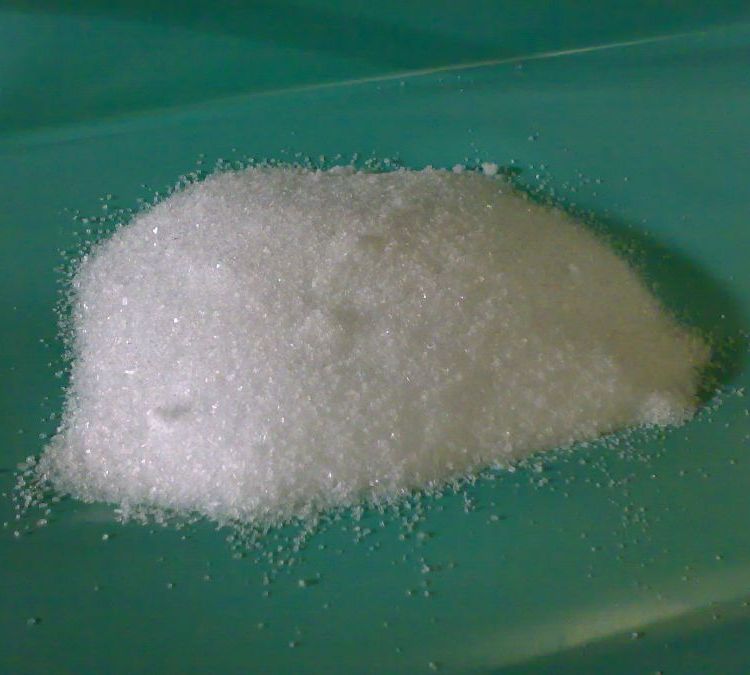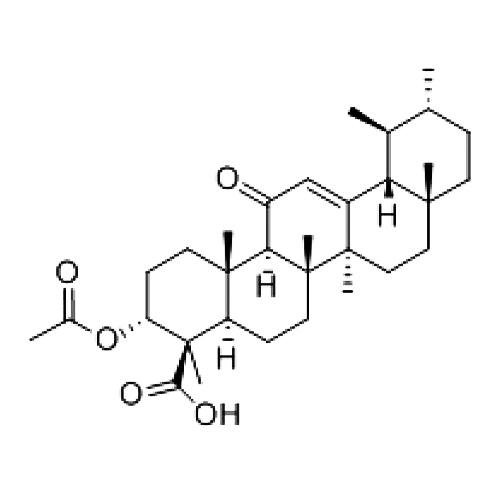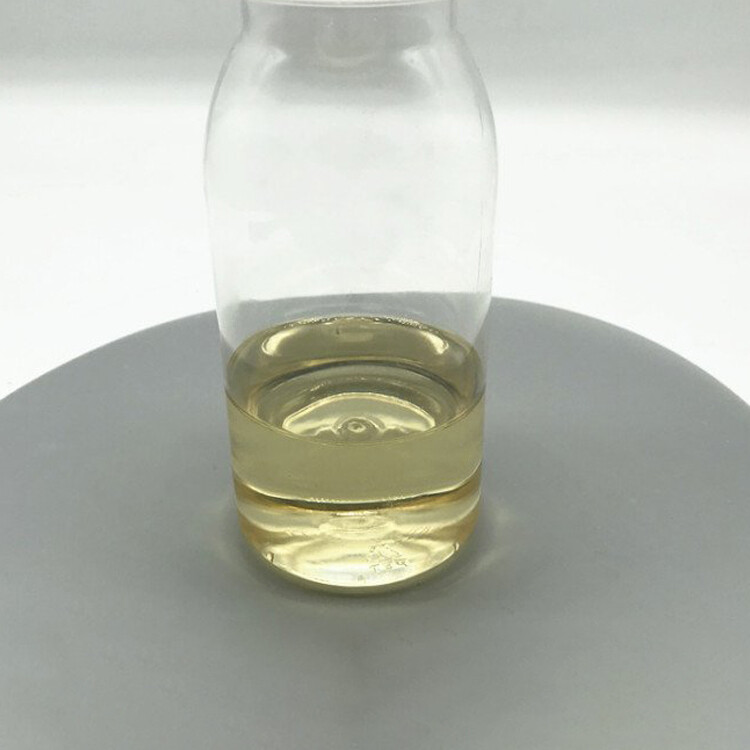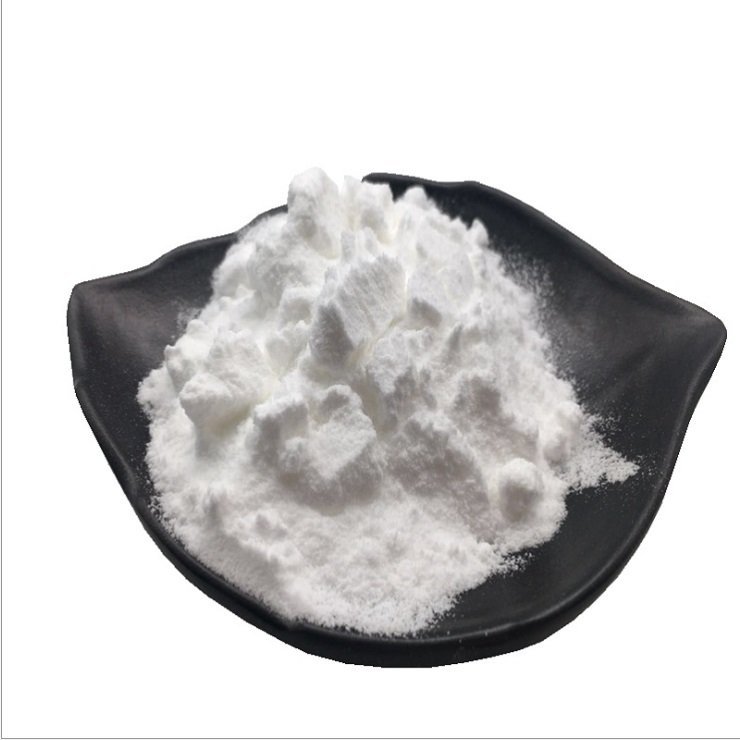
PRODUCTS
PRODUCT
Sulfamic acid is an inorganic solid acid formed when the hydroxyl group of sulfuric acid is replaced by an amino group, chemical formula NH2SO3H, molecular weight 97.09, generally white, odorless rhomboidal flaky crystals, relative density 2.126, melting point 205 ℃, soluble in water, liquid ammonia, at room temperature, as long as it is kept dry and does not come into contact with water, the solid sulfamic acid does not hygroscopic, and it is relatively stable. [1] The aqueous solution of sulfamic acid has the same strong acidity as hydrochloric acid, sulfuric acid and so on, so the alias is also called solid sulfuric acid, which has the characteristics of non-volatile, odorless and low toxicity to human body. The dust or solution is irritating to eyes and skin and can cause burns, the maximum permissible concentration is 10 mg/m 3. Sulfamic acid can be used in the synthesis of herbicides, fire retardants, sweeteners, antiseptics, metal cleaners and so on, it is a common chemical raw material.
APPLICATION AREAS
Cleaning agents
Sulfamic acid cleaner is used in a wide range of applications, it can be used to clean boilers, condensers, heat exchangers, jackets and chemical pipes. It can be used in breweries to remove the scale layer on glass-lined storage tanks, pots, open beer coolers, beer barrels; to clean the evaporator of enamel factories and the equipment of paper mills, etc.; it can be used in air-conditioning to remove the rust and scale of the cooling system and the evaporating condenser; it can be used in seagoing vessels to remove the seawater evaporator (distillation equipment), the heat exchanger and the algae and scale in the saltwater heater; and it can be used to clean the copper kettle, radiators, dishwashing It can be used to clean scale from copper kettles, radiators, dishwashers, silverware, flush toilets, ceramic tiles, and food and dairy processing equipment; it can be used to remove proteins deposited on cookers, and deposits on sterilized lysimeters used in fresh meat, vegetable, and cheese processing plants. The USDA permits the use of sulfamic acid as an acid cleaner in fresh meat, poultry, rabbit and egg processing facilities.
Textile Industry
Sulfamic acid is used as an eliminator of excess nitrite in diazotization reactions in the dye industry, as a color fixative in textile dyeing, to form a fireproof layer on textiles, and as a purifying agent and other additives in the textile industry.
Paper industry
Sulfamic acid can be used as bleaching additives, can reduce or eliminate the catalytic effect of heavy metal ions in the bleach solution, so that the quality of the bleach solution is guaranteed, and can reduce the oxidative degradation of metal ions on the fibers, but also to prevent the peeling reaction of the fibers, to improve the strength of the pulp, whiteness.
Oil industry
Sulfamic acid can be used to unblock the oil reservoir and improve the permeability of the oil reservoir. Sulfamic acid solution injected into the carbonate oil layer, because sulfamic acid is easy to react with the oil layer rock, can avoid the reaction of salt deposition, processing costs than with hydrochloric acid slightly higher, but the oil production doubled. The United States used potassium hydroxyacetate 48.5%, sulfamic acid 3.4%. Wetting agent 0.1-3% of the aqueous solution to clean the oil well casing in the gypsum scale layer, processing time of about 30 hours.
Agriculture
Sulfamic acid and ammonium sulfamate were originally developed as herbicides. They are claimed to have a contact toxicant effect when applied directly to plants, and a maleicidal effect when applied to the soil.






